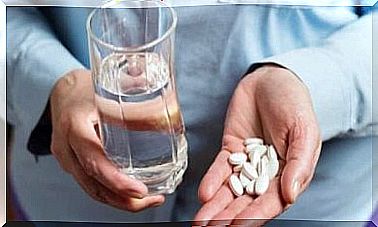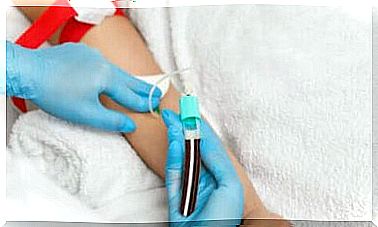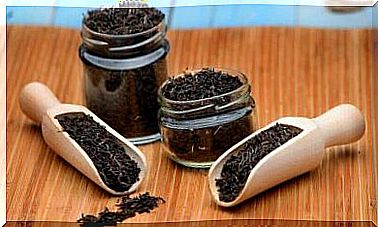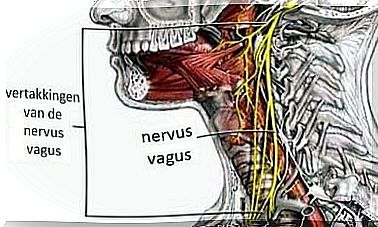The Effect Of A Spider’s Venom On Brain Damage

A group of researchers from the University of Queensland and Monash University accidentally came across a protein that could reduce brain damage from stroke. The fascinating source of this substance turned out to be the venom of a spider, the tunnel web spider.
The group, led by Professor Glenn King of the Institute for Molecular Bioscience (IMB) at the University of Queensland, published the results of their studies in the Proceedings of the National Academy of Sciences (PNAS). This is the journal of the United States National Academy of Sciences.
According to the group, a single dose of this protein would be enough to significantly reduce the damage caused by a stroke. The substance even works for up to eight hours after the stroke has occurred.
The discovery: a spider’s venom

This interesting discovery was completely accidental. Scientists were in the process of sequencing the DNA in the venom of spiders. Suddenly, they discovered the Hi1a molecule and saw that it bore an extraordinary resemblance to a chemical compound used to protect brain cells.
This intrigued them so much that they then decided to synthesize and test the compound. For example, the researchers collected spiders on Fraser Island, on the south coast of Queensland (Australia), and brought them to the laboratory. There they performed the procedures to expel their poison.
Then they filtered the protein they’d found earlier to make a version of it in the lab. They then injected a group of mice that had suffered a stroke two hours earlier. The compound reduced brain damage by 80%.
They also repeated the same procedure with another group of mice, who had suffered a stroke eight hours earlier. Brain damage was reduced by 65% compared to a group of mice that did not receive the substance.
The spider that reduces brain damage
The technical name for the Australian tunnel web spider is Atrax robustus. However, it is also known as the Sydney spider or the Sydney tarantula. It is considered one of the deadliest spiders on the entire planet. Males can measure between 4.5-6.9 cm, while females can measure between 5.8-6.9 cm.
They live on the east coast of Australia and have large bags of venom on their bodies. They are bluish black or bright brown and have silky hairs on their bellies. Furthermore, their legs are shiny and they have rows of teeth in the groove of the tusk and in the claws.
This spider weaves long webs between 18-58 cm, which look like a ‘Y’ or ‘T’. This is why it is called the tunnel web spider. They are responsible for 13 deaths in Australia, which were documented in the 20th century.
The protein from a spider’s venom

The protein that the researchers found is called Hi1A. It has a unique anti-stroke property: it blocks ion channels that are sensitive to acid in the brain. Those structures are decisive in these cases.
We should note that when a stroke occurs, the affected person suffers from a lack of oxygen in the brain. This causes their bodies to consume glucose in a very different way than usual. This helps it get the fuel it needs to keep the brain working.
Prospects to reduce brain damage
Experts estimate that about six million people die from a stroke each year. Another five million affected patients suffer lasting effects for the same reason. As you can see, this new treatment has amazing potential.
Scientists are currently conducting tests to determine if the substance is safe for humans. If so, this may become the first treatment to be used after a stroke. It could then be administered in the ambulance or as soon as the patient arrives at the hospital.
The researchers expect to be able to apply it to humans for the first time the following year. They are currently raising the necessary funds to complete the process. If all goes well, the product will probably be mass-marketed in the coming years.









